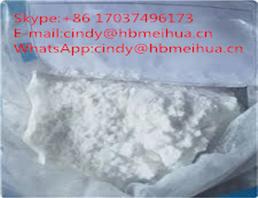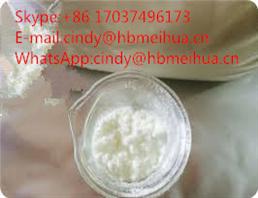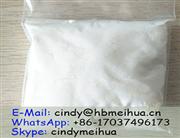Introduction to glutathione 70-18-8
1 Glutathione (GSH) is a tripeptide that contains an unusual peptide linkage between the amine group of cysteine (which is attached by normal peptide linkage to a glycine) and the carboxyl group of the glutamate side-chain. It is an antioxidant, preventing damage to important cellular components caused by reactive oxygen species such as free radicals and peroxides.
2 Thiol groups are reducing agents, existing at a concentration of approximately 5 mM in animal cells. Glutathione reduces disulfide bondsformed within cytoplasmic proteins to cysteines by serving as an electron donor. In the process, glutathione is converted to its oxidized form glutathione disulfide (GSSG), also called Glutathione.
3 Glutathione is found almost exclusively in its reduced form, since the enzyme that reverts it from its oxidized form, glutathione reductase, is constitutively active and inducible upon oxidative stress. In fact, the ratio of reduced glutathione to oxidized glutathione within cells is often used as a measure of cellular toxicity.
1.Product name: L-Glutathione 70-18-8
2.CAS No.: 70-18-8
3.Specification : Food grade, pharmaceutical grade
4. Molecular Formula : C20H32N6O12S2
5. Molecular Weight : 612.63
6. Purity : 98%-101% by HPLC
Specification of glutathione 70-18-8
| Test Items |
Specifications |
| Appearance |
White or almost white crystalline powder |
| Solubility |
Freely soluble in water,practically
insoluble in ethanol(99.50%)
|
| Identification |
Passes test |
| Melting Point |
About 185°C (with decomposition) |
| Clarity and color of solution |
Clear and colourless |
| Assay( On dry basis) |
98.0% - 101.0% |
| Specific optical rotation(after drying) |
-15.50~-17.50 |
| Loss on drying |
≤0.5% |
| Residue on Ignition |
≤0.10% |
| Related Substances(Total) |
≤ 2.0% |
| Related Substances(GSSG) |
≤ 1.5%: |
| Heavy metals |
≤10.0 ppm |
| Arsenic |
≤2.0ppm
|
Glutathione may decrease the concentrations of inflammatory cytokines (IL-6, IL-18), neutrophils in lung tissue and increase the level of serum Ca2+ and be useful for the treatment of ANP. Glutathione production is regulated via distinct pathways in stressed and non-stressed cortical neurons.









 China
China




